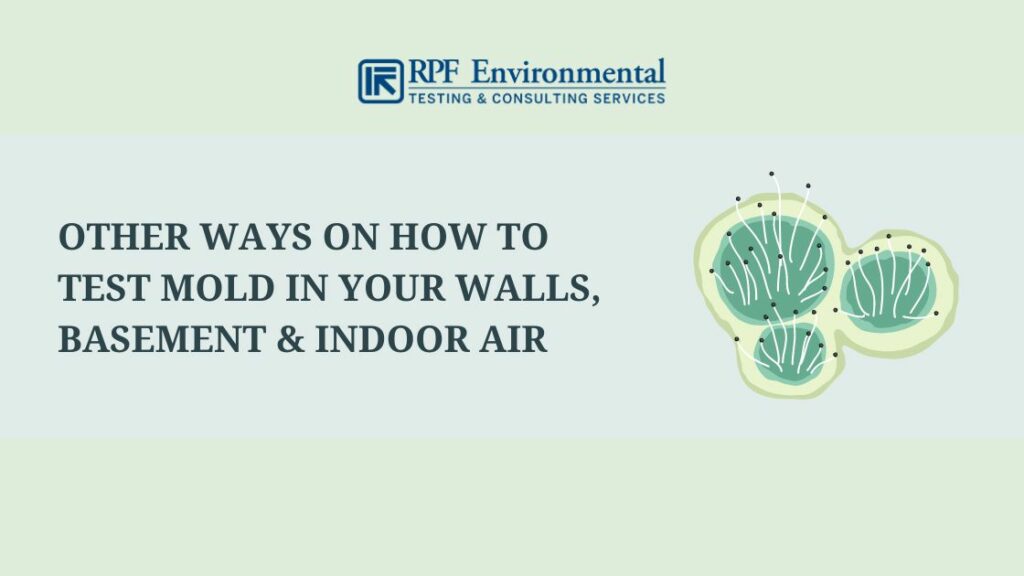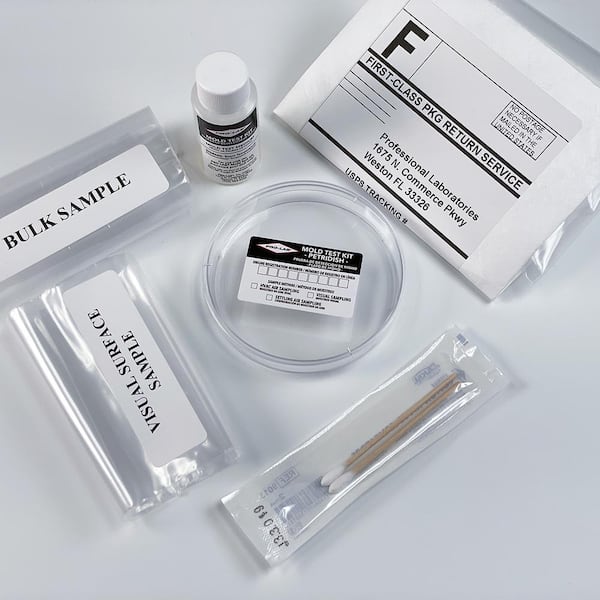Ensuring Compliance With Regulations: the Role of Mycotoxin Testing in Quality Assurance
Guaranteeing compliance with stringent regulations is paramount for preserving food safety and security, and the function of mycotoxin screening in quality assurance can not be overstated. Mycotoxins, harmful substances produced by particular mold and mildews, present substantial health and wellness risks, making their discovery critical in food production. Adherence to governing requirements, such as those established by the FDA and EU, calls for durable testing approaches and innovations to identify and measure these impurities. By carrying out detailed testing procedures, business can avoid possible wellness dilemmas, avoid expensive recalls, and maintain consumer trust. However, the complexities of these screening processes elevate essential inquiries about their performance and performance.
Recognizing Mycotoxins
Understanding mycotoxins is basic to making certain the top quality and safety of agricultural items. Mycotoxins are harmful additional metabolites created by specific types of fungis, frequently located in foods items such as nuts, grains, and spices. These substances can develop at various phases of the food manufacturing procedure, from pre-harvest to storage, and present significant health threats to both human beings and animals (Mycotoxin testing Services). One of the most notorious mycotoxins consist of aflatoxins, ochratoxins, fumonisins, and trichothecenes, each related to details fungal species and environmental conditions.
The visibility of mycotoxins in foodstuff can lead to intense and chronic health and wellness issues, including liver damages, immune reductions, and carcinogenic results. Their discovery and quantification are crucial components of top quality control in farming and food markets. The intricacy of mycotoxin contamination necessitates a complex method, using innovative logical methods such as fluid chromatography, mass spectrometry, and enzyme-linked immunosorbent assays (ELISA) By recognizing the sources, types, and impacts of mycotoxins, stakeholders in the agricultural market can better execute preventative measures and mitigate dangers, making certain safer consumption for end-users. This understanding develops the bedrock whereupon reliable mycotoxin administration techniques are constructed.
Regulatory Specifications for Mycotoxins
Having actually developed a fundamental understanding of mycotoxins and their effect on food safety, it is essential to evaluate the regulative criteria controling their visibility in farming products. Regulatory requirements for mycotoxins are crucial because they define permissible limitations, making certain food safety and security and shielding public wellness. Various worldwide and national agencies have actually set these limitations based on extensive danger evaluations.
The Codex Alimentarius Commission, a worldwide body established by the FAO and WHO, gives guidelines and optimum permitted degrees for various mycotoxins in food and feed. The Codex has set limitations for aflatoxins in peanuts, maize, and dried figs, amongst various other products. These requirements are usually adopted or adjusted by specific countries to fit their details requirements.
In the European Union, Policy (EC) No 1881/2006 specifies maximum levels for a number of mycotoxins, such as aflatoxins, ochratoxin A, and deoxynivalenol, in numerous food. The U.S. Food and Drug Administration (FDA) has developed action degrees for mycotoxins like aflatoxins in commodities such as grains and nuts.
Adherence to these governing requirements is essential for keeping market gain access to, consumer depend on, and public health. Non-compliance can cause considerable financial losses and health and wellness threats, highlighting the significance of strict mycotoxin screening protocols.
Checking Approaches and Technologies

ELISA is extensively appreciated for its fast and affordable screening capacities, making it ideal for high-throughput settings. It depends on antibodies to spot details mycotoxins, giving lead to a reasonably short time structure. However, its level of sensitivity may be restricted compared to extra sophisticated techniques.
HPLC, on the various other hand, excels in giving quantitative evaluation with high accuracy and accuracy. It divides complex mixtures into specific components, making it extremely reliable for recognizing and quantifying several mycotoxins at the same time - Mycotoxin testing Services. This method, while more resource-intensive and taxing than ELISA, supplies a higher degree of integrity

LC-MS represents the pinnacle of logical specificity and sensitivity. Combining the splitting up power of fluid chromatography with the detection capabilities of mass spectrometry, LC-MS can detect even trace degrees of mycotoxins. This method is essential for verifying the presence of mycotoxins in forensic and regulative contexts, guaranteeing compliance with rigorous security criteria.
Carrying Out Checking Procedures

Incorporating these advanced testing approaches into a comprehensive quality assurance structure demands a well-structured strategy to executing screening protocols. To achieve this, companies have to first conduct a complete risk evaluation to recognize possible mycotoxin contamination factors within the supply chain. This assessment informs the advancement find more info of a tailored testing approach that deals with details susceptabilities.
Following, developing standard tasting procedures is vital. Constant tasting guarantees that examination results are trusted and agent of the whole set (Mycotoxin testing Services). Sticking to standards from governing bodies, such as the FDA or EFSA, helps maintain compliance and boosts the credibility of the testing process
Training personnel is another pivotal element. Personnel should excel in both sample collection and the operation of screening equipment. Routine training sessions and qualification programs can make sure that employee remain upgraded with the most recent strategies and regulative modifications.
Benefits of Mycotoxin Evaluating
Mycotoxin testing supplies many advantages that substantially improve the safety and top quality of food and feed items. Mostly, it functions as an important control procedure to stop polluted goods from getting to the consumer market, therefore safeguarding public wellness. By identifying and evaluating mycotoxins such as fumonisins, ochratoxins, and aflatoxins, visite site producers can ensure that their items meet rigid regulatory standards, thus preventing possible legal consequences and associated costs.
Additionally, mycotoxin screening adds to the economic practicality of food and feed sectors by reducing the threat of large-scale item remembers. The ability to isolate and spot contaminated batches early in the production procedure lowers waste and stops the financial losses connected with broken brand name track record. Moreover, it promotes customer trust and loyalty, as customers are significantly knowledgeable about food security issues and demand better standards.
The implementation of regular mycotoxin testing likewise advertises finest practices within agricultural and manufacturing fields. By sticking to rigorous screening methods, companies can enhance their high quality control processes, improve operational performance, and ensure the consistent manufacturing of risk-free, premium items. In verdict, the advantages of mycotoxin screening are diverse, adding to public wellness, financial stability, and industry honesty.
Conclusion
Mycotoxin testing is crucial in ensuring conformity with governing criteria, thus maintaining food safety and security and high quality control. By systematically finding harmful mycotoxins, this technique assists mitigate health risks, protect against legal effects, and stay clear of financial losses linked with product remembers. Applying durable screening procedures fosters customer count on and self-confidence in food safety and security practices, ultimately supporting the stability and online reputation of food organizations. Hence, mycotoxin testing continues to be an essential part of modern food safety and security monitoring systems.
Ensuring conformity with rigorous regulations is extremely important for maintaining food safety and security, and the function of mycotoxin screening in top quality control can not be overstated.In the realm of mycotoxin testing, progressed methods and innovations are pivotal in making sure food safety and security have a peek here and governing compliance.Mycotoxin screening offers various advantages that significantly enhance the safety and quality of food and feed products.Mycotoxin testing is vital in making certain conformity with governing criteria, thus maintaining food safety and quality control. Thus, mycotoxin screening continues to be a vital part of modern-day food safety and security monitoring systems.